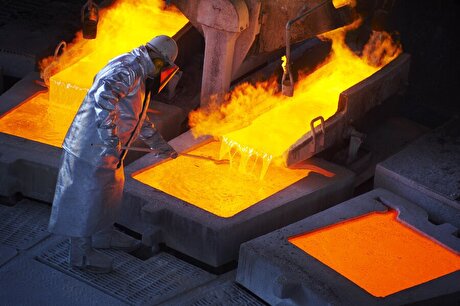
17 countries eager for contribution to Chabahar Port development
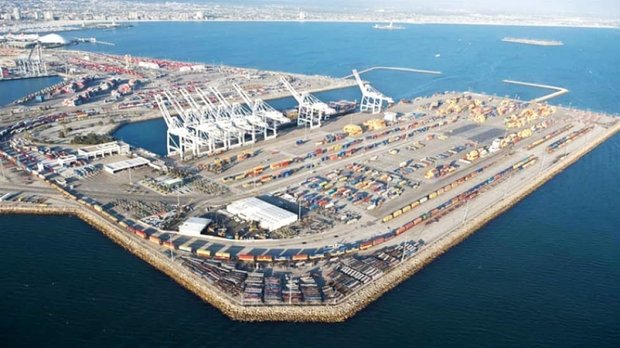
At a conference held to attract foreign investors to develop Chabahar Port, 17 foreign countries announced their readiness [for contribution to the port’s development],” Hossein Modares Khiabani said.
Referring to the comprehensive development plan of Chabahar Port, the official pointed to some of the provisioned projects in this port including setting up a rice processing plant, construction of slaughterhouse, construction of oil drainage tanks and preparation of silos with over 100,000 tons of capacity.
“Currently, unloading and loading of goods at the port of Chabahar has no limitations in terms of facilities compared to other ports, and we seek to rapidly activate at least 50 percent of its 8.5 million-ton capacity,” Modares Khiabani said.
Inviting the country’s investors for participation in the Chabahar development projects, the official said, "We believe that trade and commerce are the drivers of production in the country, and therefore the infrastructure for boosting them must be developed to increase production."
Located at southeastern Iran, on the Gulf of Oman, Chabahar is the home for Iran's only oceanic port.
Due to its strategic geographical positioning, Chabahar Port holds a great significance for Iran both politically and economically.
After years of negotiation, Iran has awarded the development project of this port to India, and the South Asian country committed $500 million to build two new berths in this port.
Chabahar has two main ports, Shahid Kalantari port and Shahid Beheshti port. Shahid Kalantari port’s development has been finished in 1983. However, the development project for Chabahar’s Shahid Beheshti port is planned to be implemented in five phases of which the first phase was started in 2007 and due to financial problems resulted from U.S.’s first round of sanctions on Iran the project was almost halted until 2016 in which the sanctions were lifted over Iran’s economy.


Trump weighs using $2 billion in CHIPS Act funding for critical minerals

Codelco cuts 2025 copper forecast after El Teniente mine collapse

Electra converts debt, launches $30M raise to jumpstart stalled cobalt refinery

Barrick’s Reko Diq in line for $410M ADB backing

Abcourt readies Sleeping Giant mill to pour first gold since 2014

Nevada army depot to serve as base for first US strategic minerals stockpile

SQM boosts lithium supply plans as prices flick higher

Viridis unveils 200Mt initial reserve for Brazil rare earth project
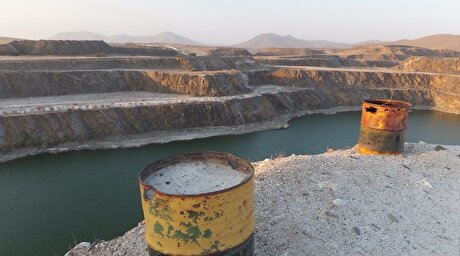
Tailings could meet much of US critical mineral demand – study
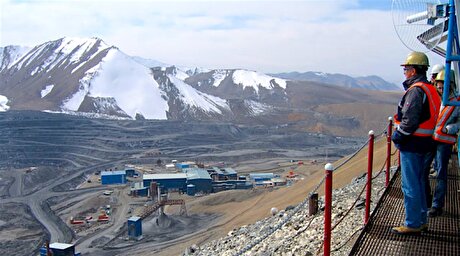
Kyrgyzstan kicks off underground gold mining at Kumtor
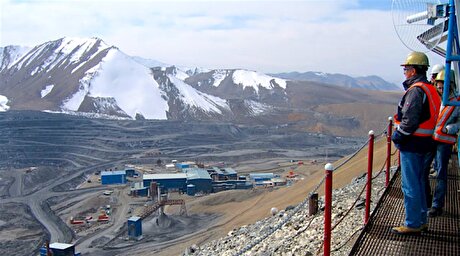
Kyrgyzstan kicks off underground gold mining at Kumtor
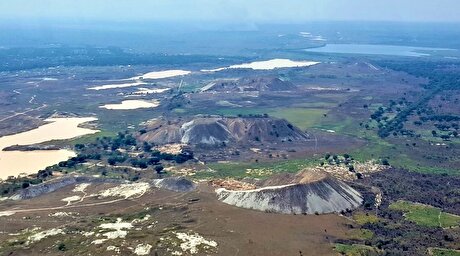
KoBold Metals granted lithium exploration rights in Congo
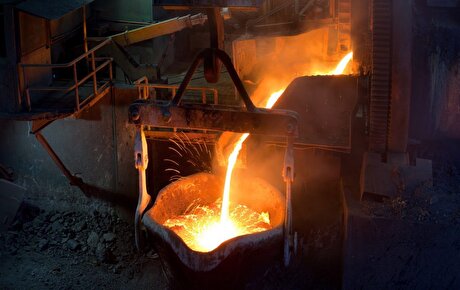
Freeport Indonesia to wrap up Gresik plant repairs by early September
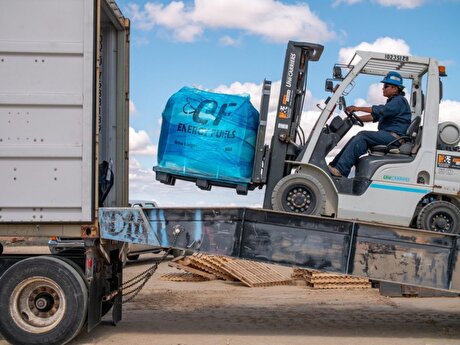
Energy Fuels soars on Vulcan Elements partnership
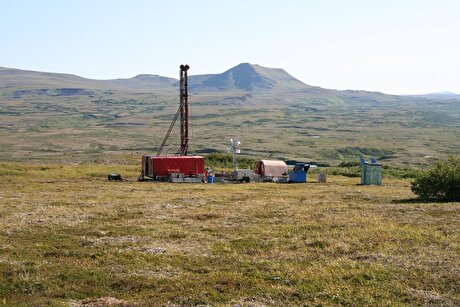
Northern Dynasty sticks to proposal in battle to lift Pebble mine veto
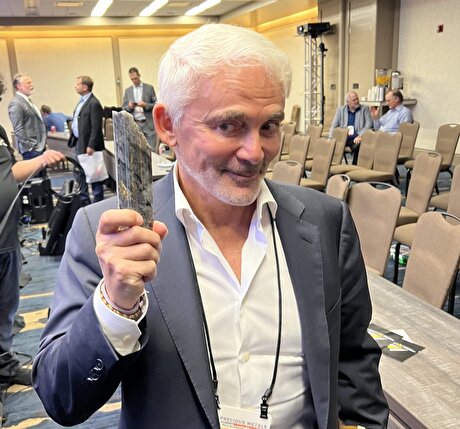
Giustra-backed mining firm teams up with informal miners in Colombia
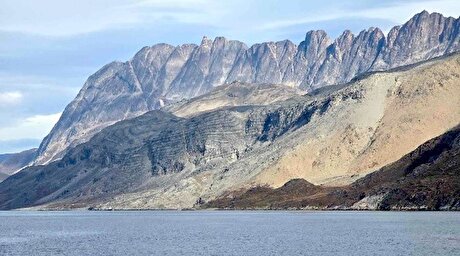
Critical Metals signs agreement to supply rare earth to US government-funded facility
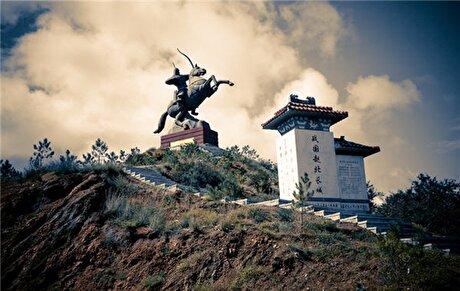
China extends rare earth controls to imported material
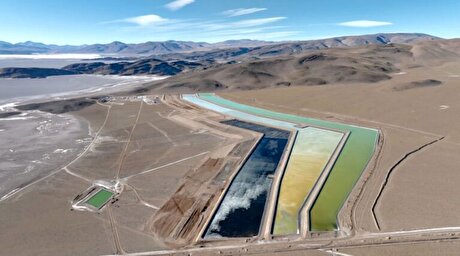
Galan Lithium proceeds with $13M financing for Argentina project

Kyrgyzstan kicks off underground gold mining at Kumtor

Freeport Indonesia to wrap up Gresik plant repairs by early September

Energy Fuels soars on Vulcan Elements partnership

Northern Dynasty sticks to proposal in battle to lift Pebble mine veto

Giustra-backed mining firm teams up with informal miners in Colombia

Critical Metals signs agreement to supply rare earth to US government-funded facility

China extends rare earth controls to imported material

Galan Lithium proceeds with $13M financing for Argentina project
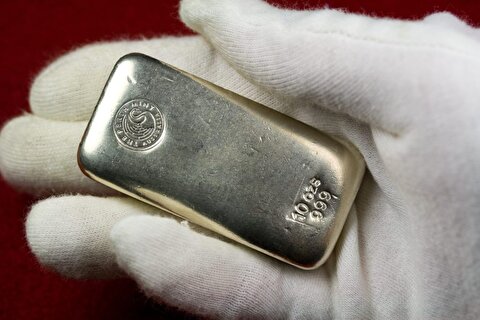
Silver price touches $39 as market weighs rate cut outlook

